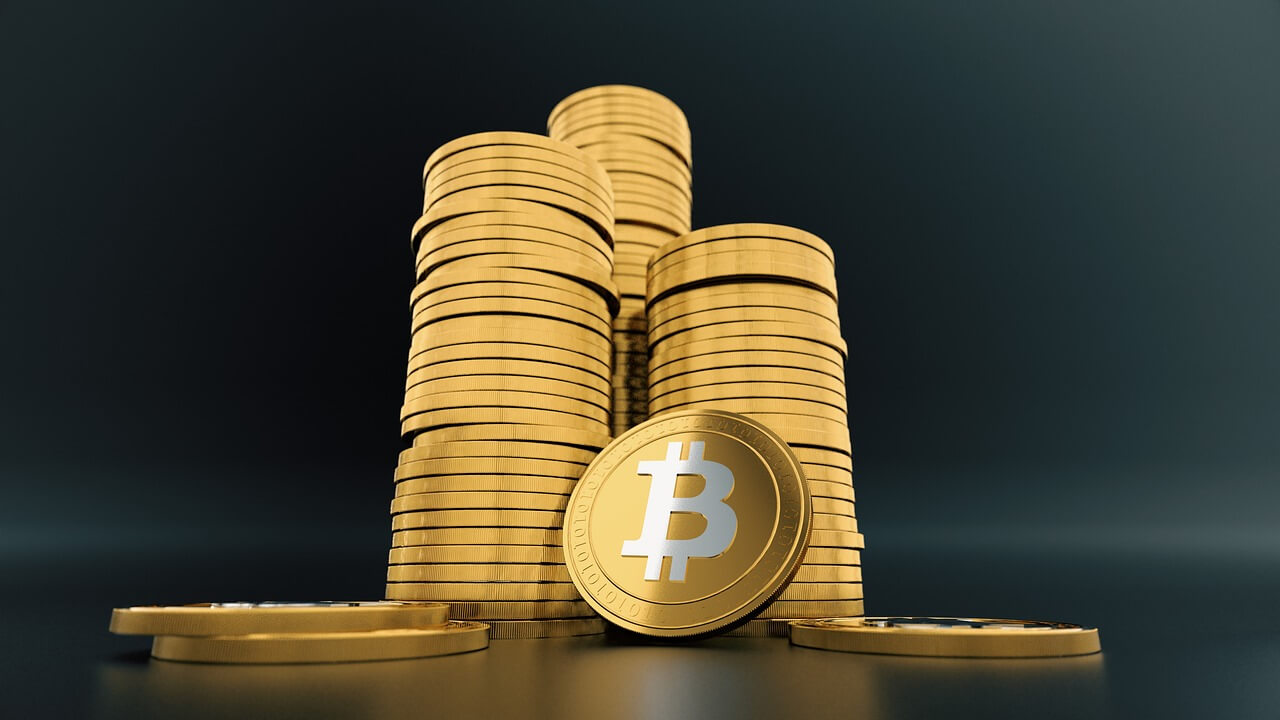

Trading volume in cryptocurrency is an essential metric for assessing the health of a particular coin. When attempting to identify early-stage coins with a high chance of success, analysts will always examine their trading volumes along with other key metrics such as market capitalisation and circulating supply.
So what exactly is trading volume in cryptocurrency and why does it matter?
Trading volume is so important because it can help you to identify a coin’s possible direction. Take a quick glance at sites such as CoinMarketCap and you’ll see the volume reported over 24 hours.
Check any coin on any given day and the trading volume will be different. If you click on the volume, it shows how much was traded on each exchange where the coin or token is listed. Over the last 24 hours, with BNB, the lion’s share of trading volume is unsurprisingly on Binance. But you’ll also see what the token has been traded with, for example BTC, ETH, and mainly USDT.
Why is all this so important? Because the amount of the coin or token that is changing hands is an indicator of its popularity as well as market sentiment. It shows how many people are buying or selling and can help identify a potential price breakout.
Traders should always pay attention to trading volume as it gives clues to the strength or weakness of the market for the coin. You can also glean early signs of a possible change in trend, whether bearish or bullish, as you can see how many traders are establishing positions.
To do this, however, you can’t just look at trading volume one day and not check it the next. One of the best ways of using this metric is by comparing the 24-hour volume of a coin on a major up day against that of a major down day. If a bullish breakout for Bitcoin doesn’t follow record volume, it could be what analysts call a ‘false breakout’.
However, if BTC price suddenly shoots up and is accompanied by a heavy trading volume, you can see that many people are making moves and deduce that it will likely continue to climb. If the price goes down and there is minimal trading volume, that may reveal a small number of people supporting the downward trend.
Volume is so relevant to traders as they can break it down and examine it in many ways to make an educated prediction on pricing points. They can examine trading volume by 24 hours, a week, or even 30 days. All these results can help them to identify whether a specific coin’s fluctuations are normal or indicative of a major breakout (or decline).
When a coin typically has frequent heavy movements, it will naturally attract less attention when trading volume is high. But when coins usually have lower trading volumes, sudden hefty trading over 24 hours could mean that someone or something is making it move.
If a coin suddenly jumps in value by say 25%, that may look good on paper. But if it is experiencing low trading volume, investors may remain cautious. Why? Because it could be a sign that the price hike won’t last and that a correction is coming. It could also be that only a few people are trading, meaning crypto whales are manipulating its price.
Examining which exchanges are trading the most volume can be revealing as well as you get a snapshot of who’s buying. For example, Bithumb is a major exchange in South Korea. Kraken has more customers in Europe. Seeing who is buying and selling could be indicative of the market in a certain area.
There are exceptions, but generally, the bigger coins experience higher trading volume. So, that means that Bitcoin, Ethereum, and Ripple will normally display higher volumes. Litecoin and EOS are lower down on the list by market capitalisation, yet they have higher trading volumes than XRP, so it’s not a hard and fast rule.
According to a recent Bitwise report which shook the market, an astounding 95% of trading volume in cryptocurrency is fake. This is indeed concerning for the industry and for traders following this metric.
However, not all exchanges are reporting fake trading volume, so check out the report to see which exchanges are considered reputable, as well as carry out your own research.
Trading volume isn’t perfect and merely hints at the sustainability of a given move. A sudden price hike with low volume means you should stay cautious (it may be ‘fool’s gold’).
Similarly, a significant drop with considerable volume may point to an extended bear run. Of course, nothing is certain in trading, and even less so in the volatile cryptocurrency markets. But learning to effectively analyse trading volume can give you an extra tool in your kit.
Denver, Colorado, 24th February 2025, Chainwire
Denver, Colorado, 20th February 2025, Chainwire
Washington, D.C., 18th February 2025, Chainwire
Dubai, UAE, 27th January 2025, Chainwire
Those who enter the market at this time may be surprised to hear that Bitcoin…
George Town, Grand Cayman, 22nd November 2024, Chainwire